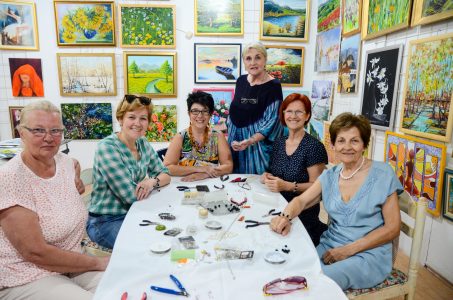Social Participation through Art and Culture



Naš Most started bringing together seniors from Zenica and surrounding areas through artistic and cultural initiatives. Most association members hadn’t previously engaged in creative activities. They learn new skills, teach one another, and make new friends. A yearly membership fee of 25 convertible marks allows participation in all association activities, but non-members can attend Naš Most’s events as well. It has staged numerous arts and crafts classes, art exhibitions and music and theatre performances involving older adults – mostly women – in order to foster their social inclusion.
While other bigger cities in Bosnia have government-supported centres for healthy ageing to aid the socialization of older people, Naš Most’s work is mainly funded by members’ own fees and is based on the volunteer work of senior activists. The number of its activities and its members has steadily grown in the last couple of years.
Main target group: Older people in general
Sector(s): Education, Information and communication, Urban development
Desired outcome for older people:
Build and maintain relationships
Name: Šarić, Zdena
Email address: nasmostzenica@gmail.com
Preferred language(s): English or Bosnian/Croatian/Serbian